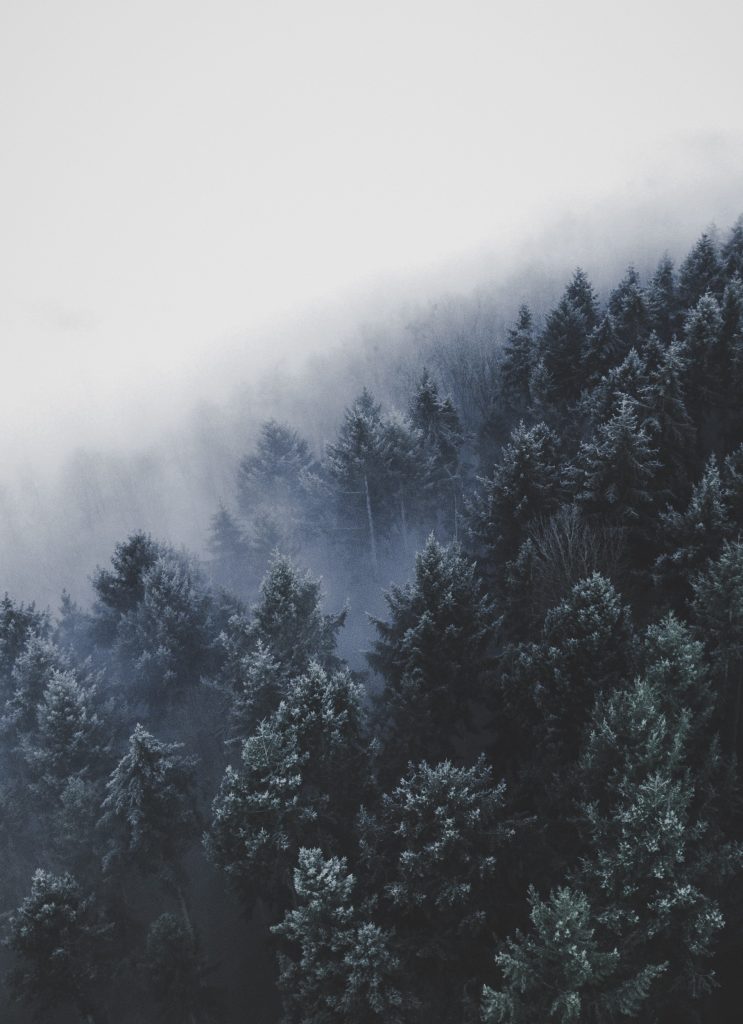
I don’t know what it is about November, but for me it’s a very nostalgic month. Something about the cold and snow sweeping in on the heels of a vibrant autumn, the enveloping gloom, the time change, and the burgeoning anticipation of the holiday season all conspires to make me want nothing more than to be cozy and re-watch all my favourite action/adventure movies.
I’m not sure why action/adventure is specifically the genre I go for. Maybe to counteract the urge to hibernate? While the natural world slows down and beds down, we as a society keep grinding, and so I suppose I seek out some fun and adrenaline to revitalize me in this nippy, busy time without…actually exhausting myself by doing more*.
*Fittingly, a lot of these movies take place in warm, sunny tropical or desert climes, so it only makes sense that I want to watch them when everything’s grey and freezing outside.
If there’s one uniting thread to experiencing winter around the world (for those who have winter, anyway), it’s that it’s a time of story telling. After all, what better way is there to pass the long cold nights than to gather with friends, family, and community and entertain ourselves?
Continue reading